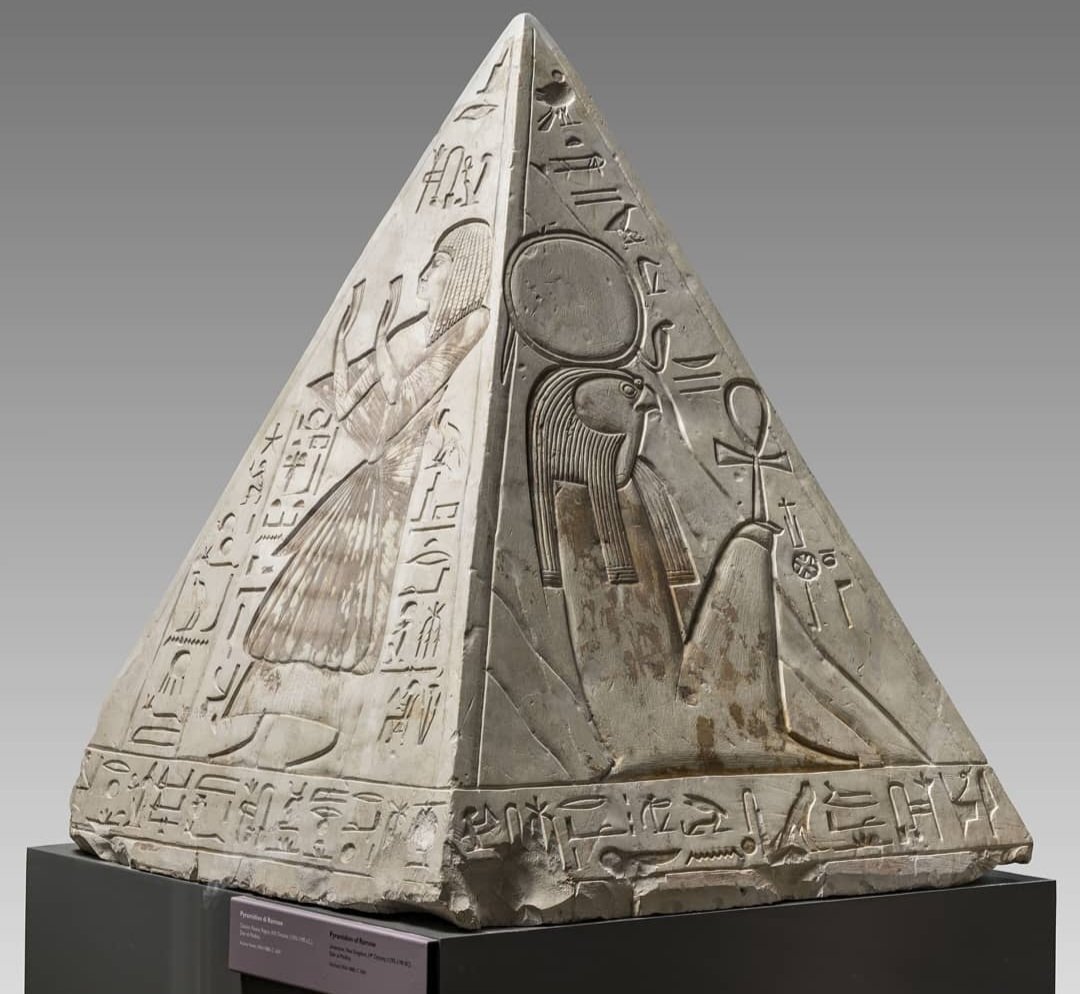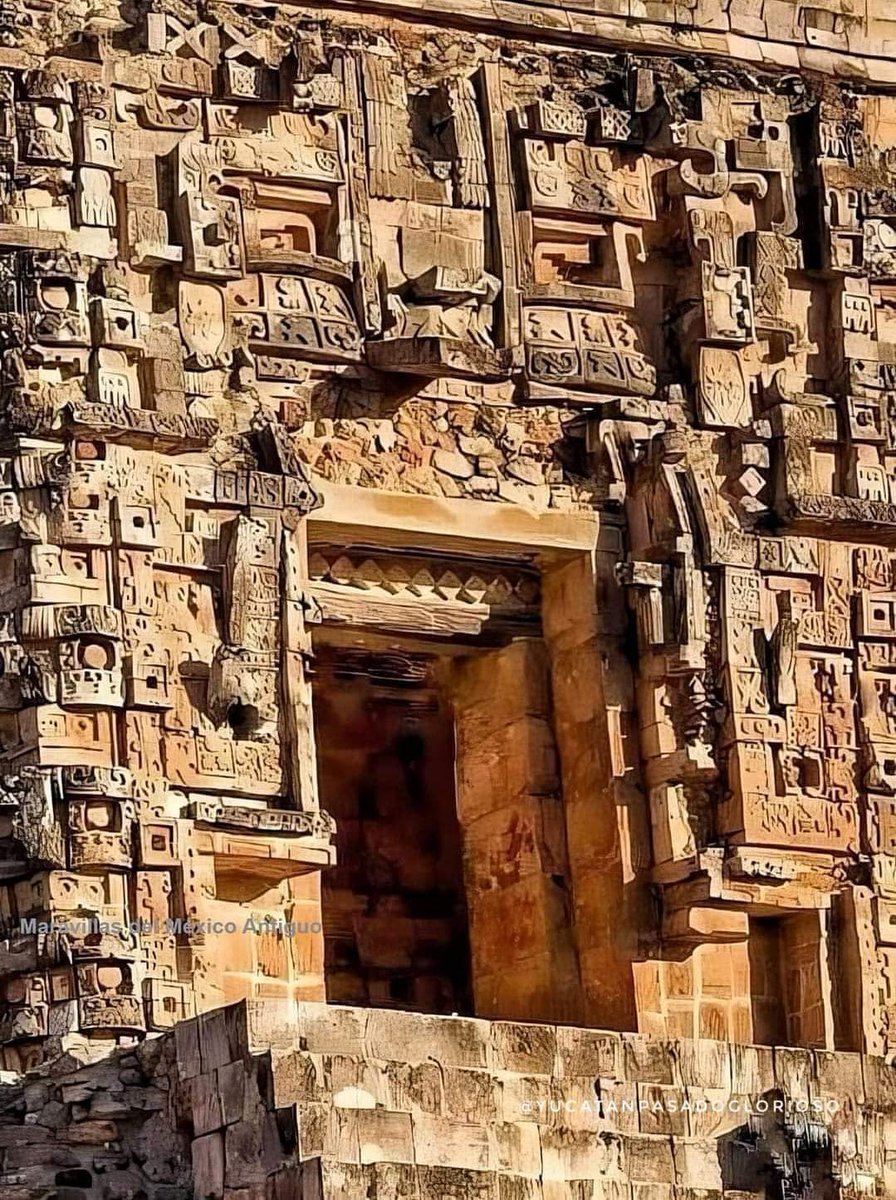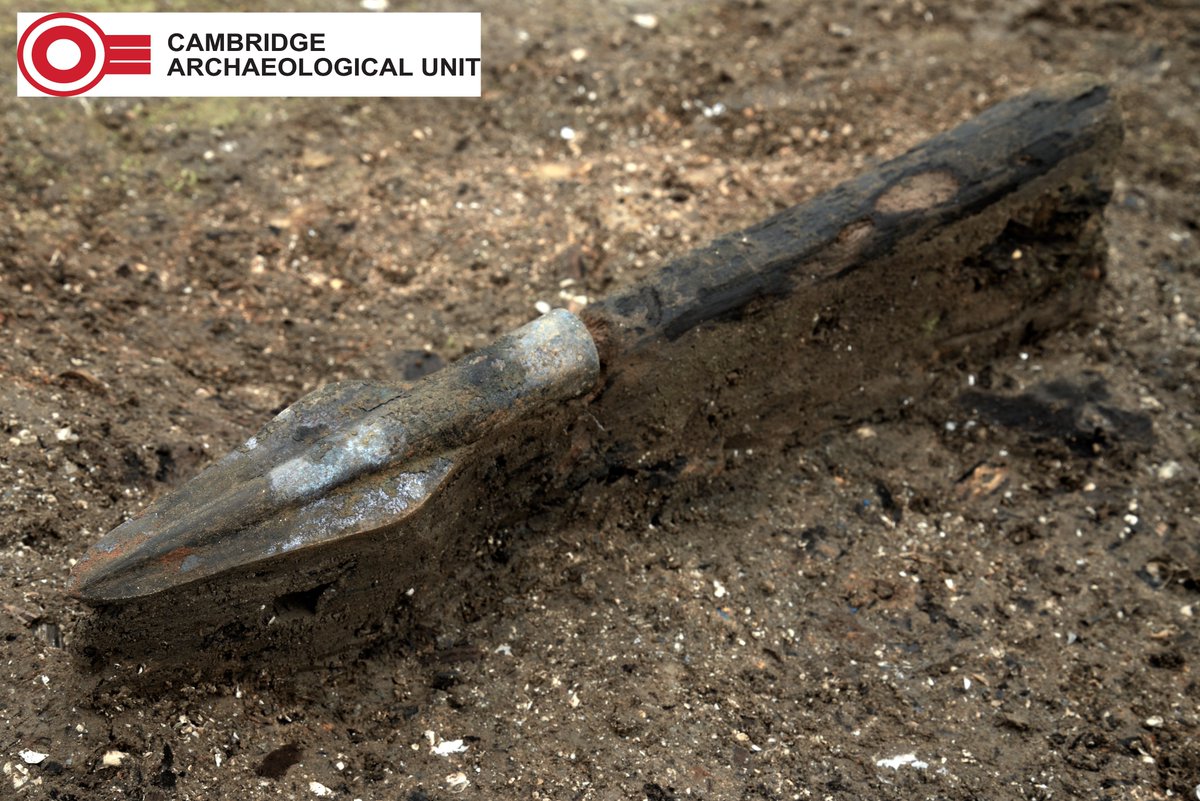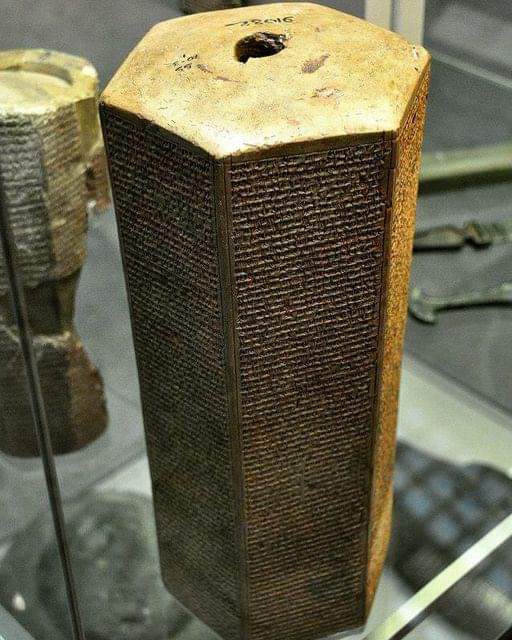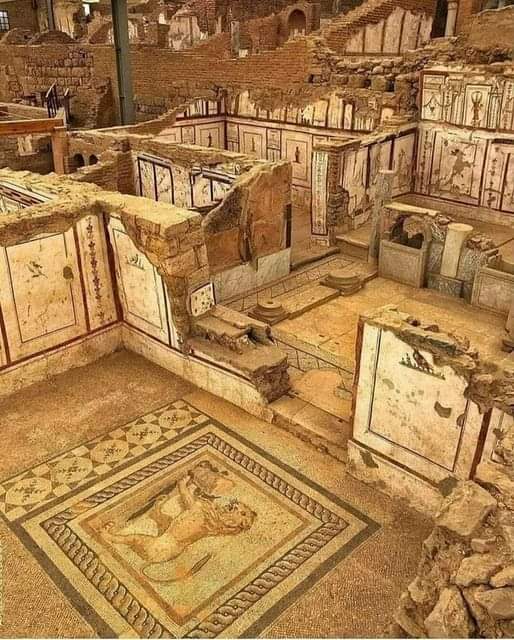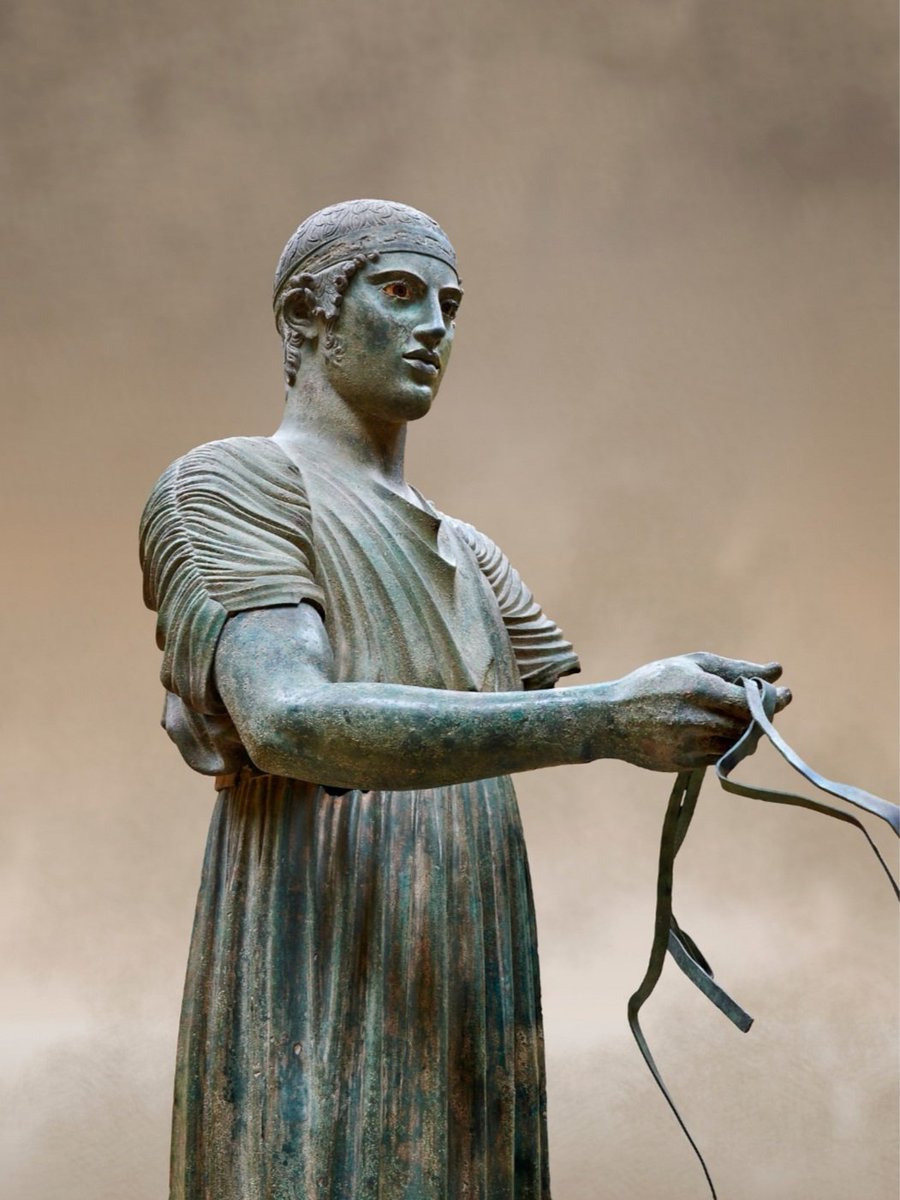
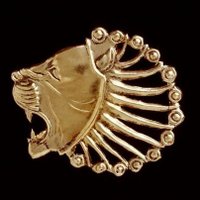
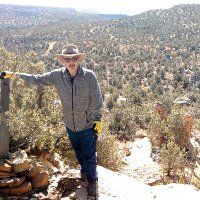
Archaeological anomaly: This 2-inch diameter sandstone disc was found at a mound site in Nashville in the mid-1800s. One side was inscribed while the other had a hollowed out circular indentation. I have no idea what became of it. From: Thruston 1890. Maybe Scott Wolter has…
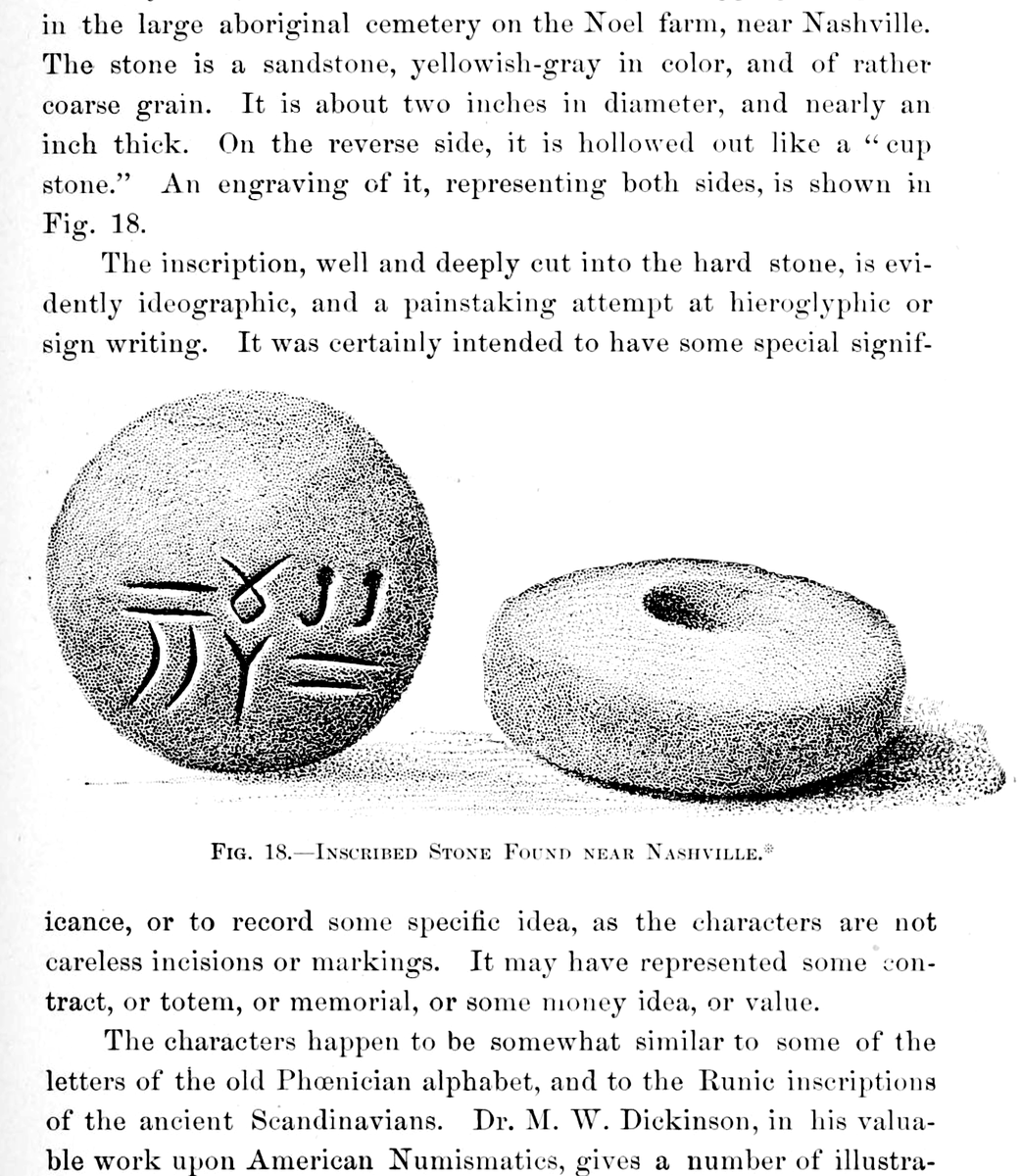

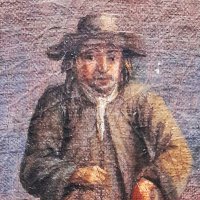
When I was little (many moons ago) the shop at #Roman St. Alban's ( #Verulamium ) used to sell off the surplus archaeological finds for pocket money. This was my haul.
Can any Archaeological types decode the archaeological annotations?
I guess the '64 is 1964.
#FindsFriday
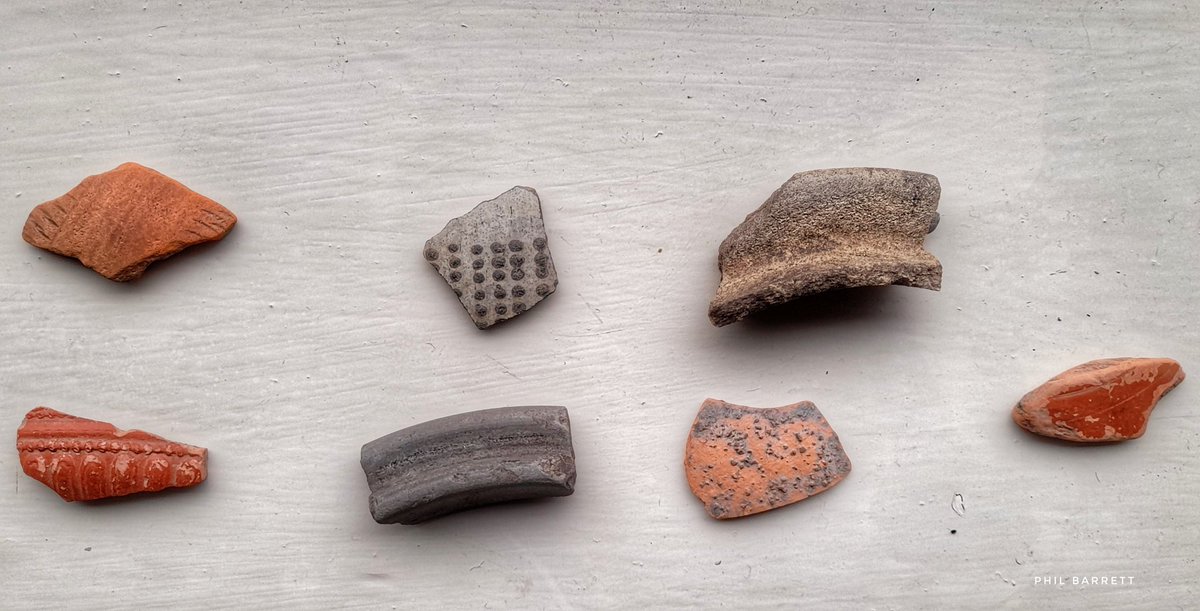


The so called 'Ring of King Minos' (1500-1400 BC), a Minoan gold signet ring found on October 1928.
Heraklion Archaeological Museum, Crete
#drthehistories





Part of a fresco showing an intimate scene from a private building in #Pompeii which was destroyed in the eruption of Mt. Vesuvius. It dates to roughly 50-79 AD and is on display in the National Archaeological Museum in #Naples , #Italy .
#archaeology #frescofriday #history


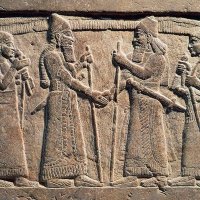


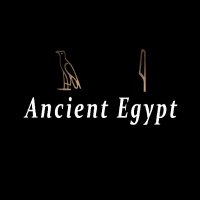
Pair of thong sandals 🇪🇬
Archaeological Site: Egypt, Luxor, Deir el-Medina.
Material: Vegetable fibers.
Period: New Kingdom, 1539–1076 BC.
Present Location: Egyptian Museum, Turin.
#ancientegypt
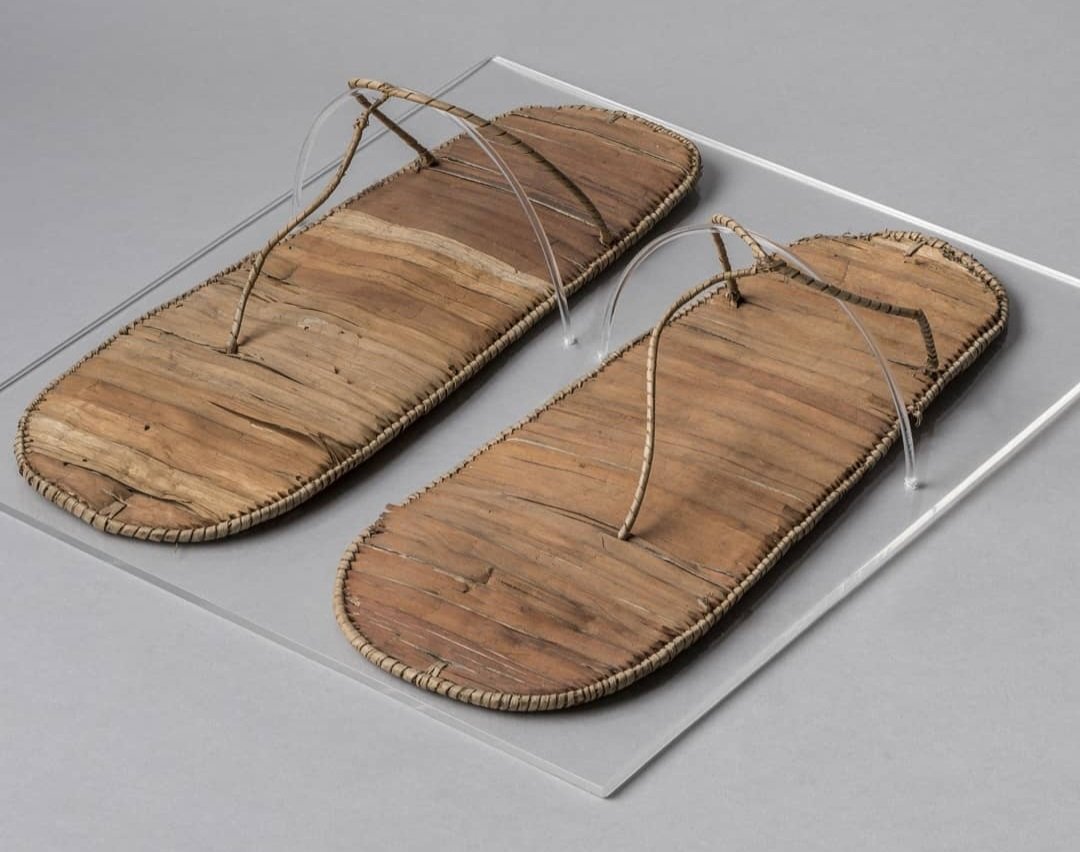

Pyramidion of Ramose 🇪🇬
Archaeological Site: Egypt, Luxor, Deir el-Medina.
Material: Stone / limestone.
Period: New Kingdom, Nineteenth Dynasty, 1292-1190 BC.
Present Location: Egyptian Museum, Turin.
#ancientegypt
